Are you concerned about a receding hairline? Have you noticed an M-shaped pattern gradually forming on your forehead? You are likely experiencing temple hair loss. This phenomenon, also known as temporal recession, is often the first visible sign of androgenetic alopecia. Rest assured, understanding this condition is the first step to treating it effectively. This article explains the causes, stages of progression and, crucially, modern solutions for regaining thick, natural hair.
What is a receding hairline?
A receding hairline affects both men and women, although women are rather less prone to it. It is characterised by a gradual receding of the hair at the temples, forming the characteristic ‘M’ shape. This thinning isn’t simply temporary hair loss. It’s an actual recession of the hairline at the temples, with a visible reduction in hair density in these specific areas. Those affected notice a gradual receding hairline, which can develop over time to form a V-shaped area at the top of the head.
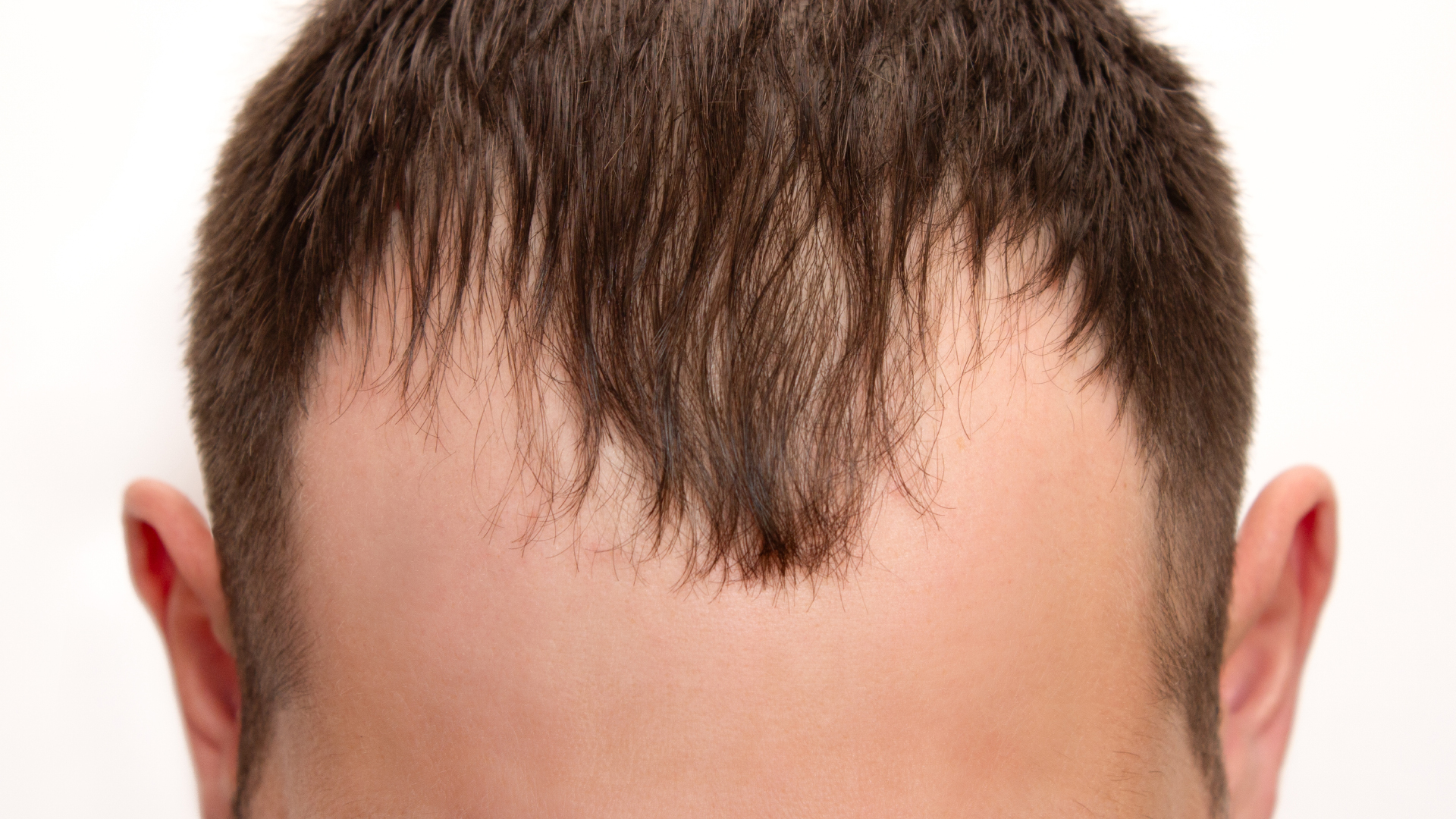
The hair in the middle of the forehead generally resists longer than the hair at the temples, further accentuating this ‘receding hairline’ effect. Statistics show that nearly 70% of men will experience this type of temple hair loss at some point in their lives, with onset generally between the ages of 25 and 30. However, some may be affected earlier, sometimes as early as adolescence. Early diagnosis allows you to take action quickly to limit its progression. If you notice a marked receding hairline or accelerated hair loss, do consider consulting a specialist who can assess your situation and offer you appropriate solutions.
The causes of temple hair loss
Several factors explain why the temporal areas are particularly vulnerable to hair loss. The primary cause is hormonal: the follicles in these areas are more sensitive to dihydrotestosterone (DHT), a derivative of testosterone. This hormone acts on the hair follicles, gradually reducing their size and lifespan. Genetics also plays a decisive role. Predisposition to androgenetic alopecia (https://www.bodyexpert.online/en/androgenetic-alopecia) is passed on by both parents. If you have a family history of temple hair loss, your risk is significantly higher.
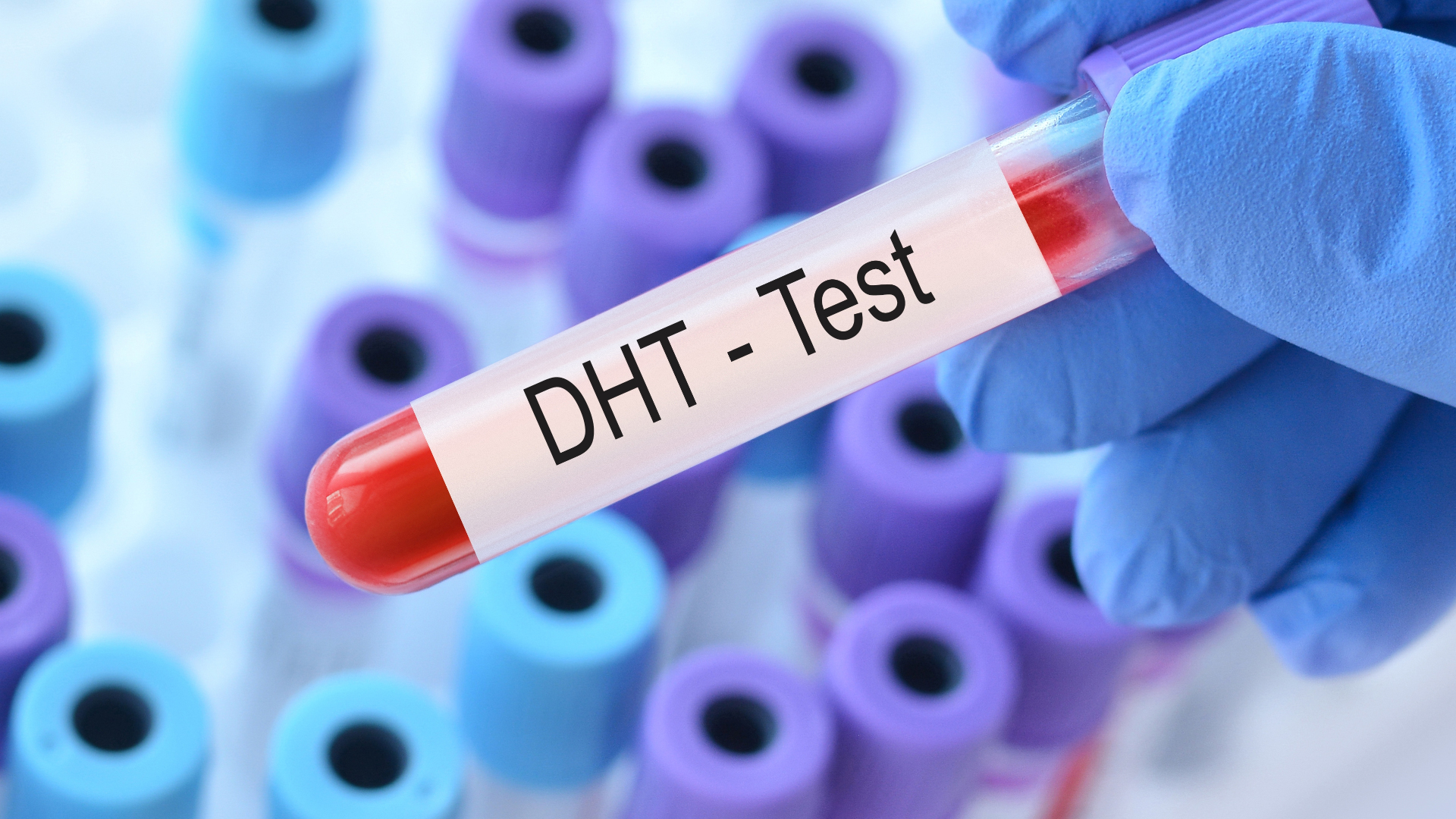
The very anatomy of these areas contributes to their vulnerability. Blood circulation is naturally less developed there, which reduces the supply of nutrients and oxygen essential for healthy follicles. Additionally, these areas are subject to more daily friction, especially during sleep, creating additional mechanical stress. Recent research published in Advances in Dermatology and Allergology has identified a phenomenon called ‘subclinical microvascular insufficiency.’ Areas affected by alopecia have several distinctive characteristics: an underdeveloped vascular network, reduced scalp thickness, miniaturised hair follicles and insufficient oxygen perfusion.
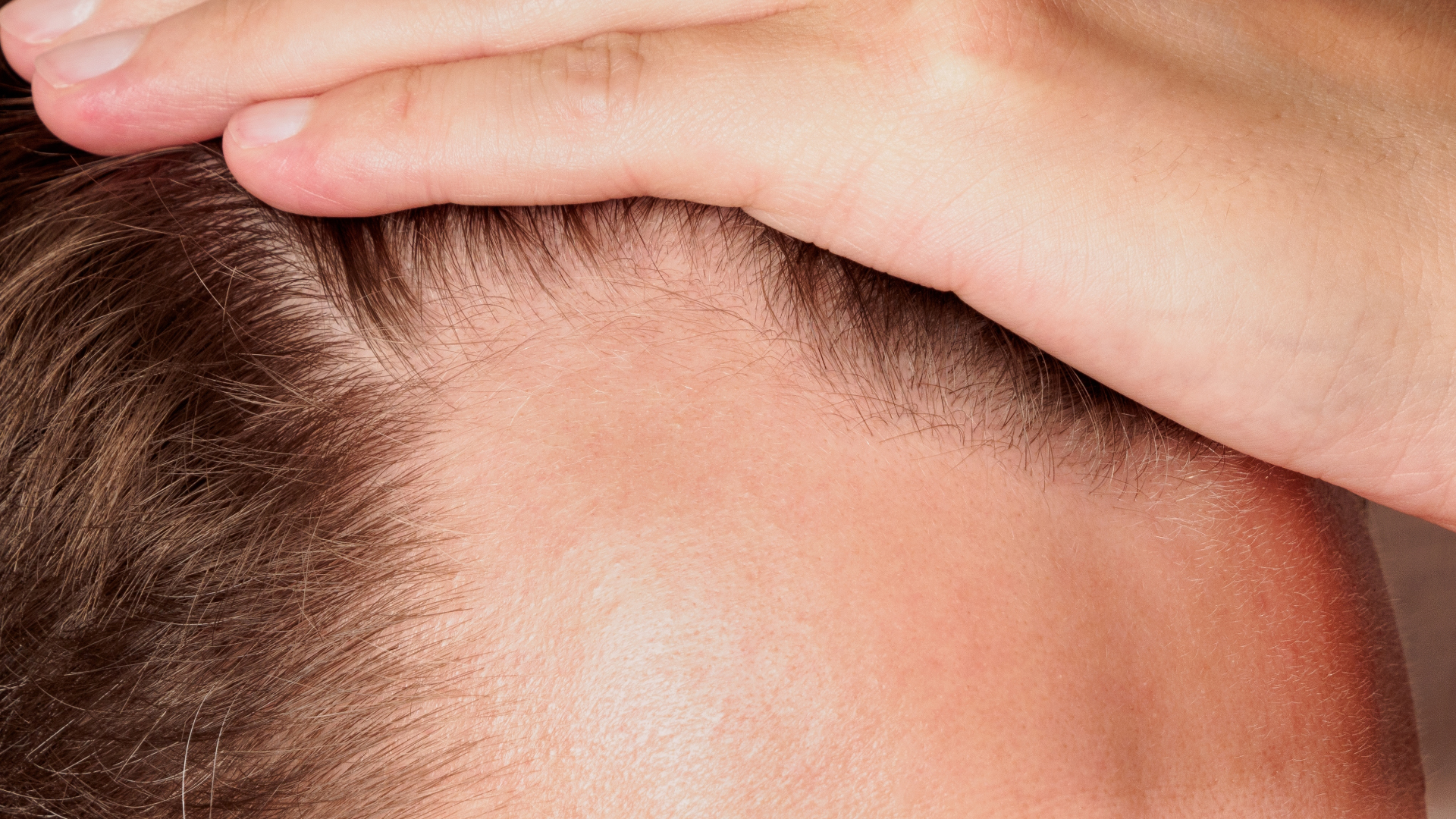
Our modern lifestyle also influences this condition. Chronic stress increases levels of cortisol, a hormone that can accelerate hair loss. Insufficient sleep disrupts cell regeneration and causes hormonal imbalances that are harmful to hair follicles. Even your sleeping position can play a role: sleeping on your stomach or side creates excessive pressure on the temples.
How can you recognise the stages of temple hair loss?
Temple hair loss generally progresses in a predictable pattern. The internationally recognised Norwood scale identifies seven distinct stages.
- Stage 1 shows a virtually normal hairline. Hair loss is so subtle that it often goes unnoticed. No specific treatment is necessary at this stage, but monitoring may be recommended if you have a family history of hair loss.
- In stage 2, a slight receding hairline becomes visible at the temples. An ‘M’ shape begins to emerge, although it is still subtle. This stage marks the onset of mild androgenetic alopecia. It is the ideal time to intervene with preventive treatments that can significantly slow down progression.
- Stage 3 is characterised by a noticeable receding hairline at the temples. For some men, thinning also begins at the top of the head (vertex). The loss of density becomes more obvious and it is usually at this stage that hair transplantation becomes a treatment option worth considering.
- In stage 4, the forehead and crown recede simultaneously. The strip of hair separating these two areas begins to thin considerably, heralding their future junction. The bald area expands, making hair loss rather difficult to conceal without intervention.

The advanced stages show a continuous progression of baldness.
- Stage 5 sees the bald areas of the forehead and vertex merge, forming a large hairless area.
- In stage 6, the hair disappears almost completely from the top of the head, leaving only a narrow strip on the sides and back.
- Finally, stage 7 is characterised by a thinning of the remaining hair on the crown, which can lead to almost total baldness.
The good news is that modern treatments can be effective at all stages. Naturally, early intervention (stages 2 or 3) optimises results and generally simplifies the procedures required.
The psychological impact of temple hair loss
Temple hair loss is much more than just a cosmetic concern. It can have a significant impact on self-image and confidence. Our hair is an integral part of our identity, and its gradual loss can trigger a range of emotional reactions. Numerous psychological studies confirm that hair loss can affect self-esteem. A recent survey shows that 60% of men facing baldness report feelings of insecurity or social anxiety. These emotions are particularly pronounced when baldness occurs early, before the age of 30.
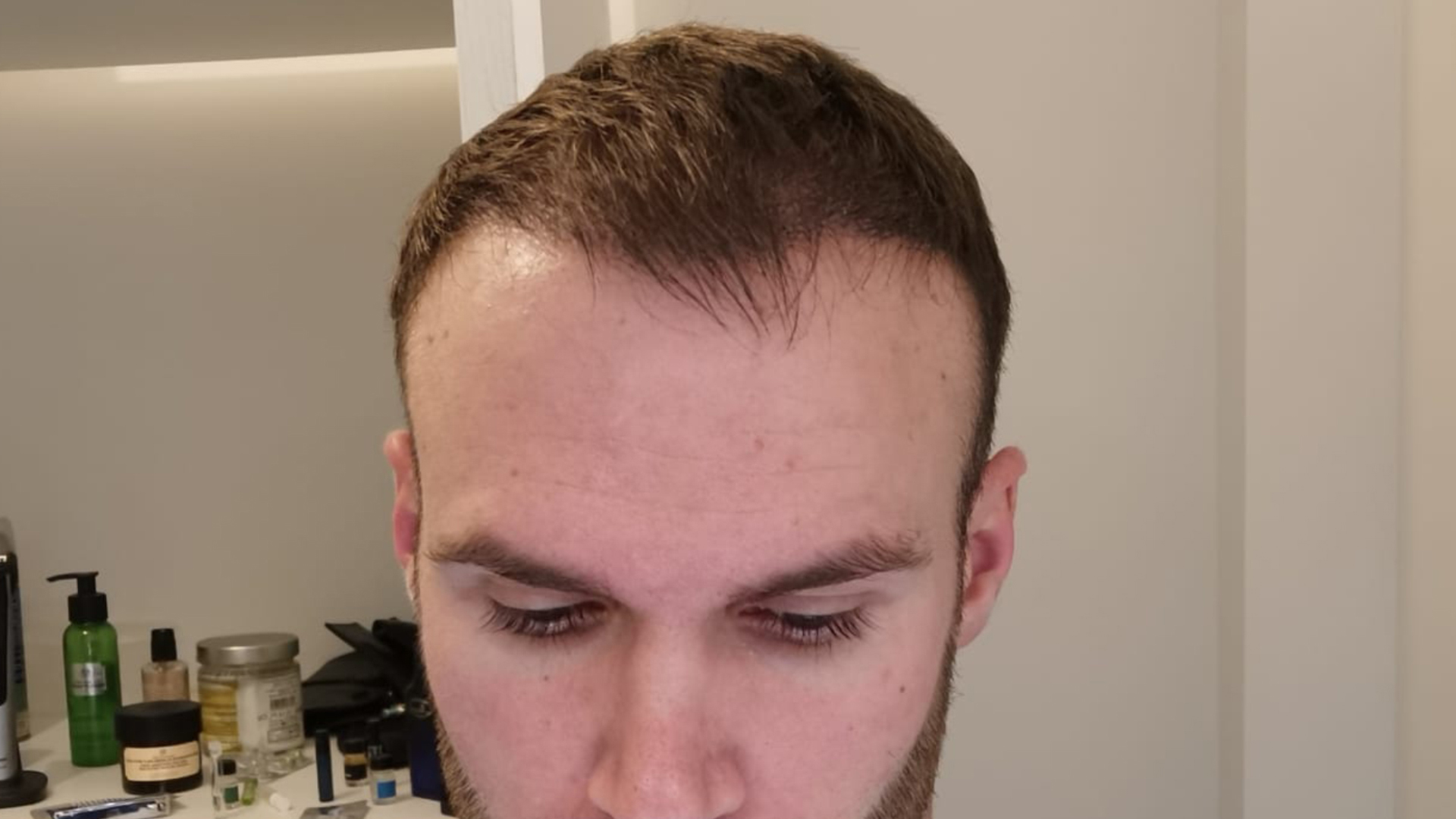
Current social norms, which often value a full head of hair, can exacerbate this discomfort. Some people fear being perceived as older or less dynamic in their professional and personal lives. It’s important to recognise these concerns as legitimate. Acceptance is an essential step, whether it leads to treatment or to embracing this new appearance. Talking to an NHS healthcare professional can help you manage the emotional aspect and make an informed decision about the steps to take. Remember that your value is not defined by your hair. Many charismatic personalities have turned their baldness into a distinctive asset. Whatever you decide – to treat or accept – your psychological well-being deserves your full attention.
Medical solutions for treating temple hair loss
Modern medicine offers a range of solutions for treating temple hair loss, from topical medications to advanced therapies. Minoxidil remains the most accessible first-line treatment. Available without a prescription in solution or foam form, it works by prolonging the hair growth phase and increasing hair diameter. Results are usually visible after 4 to 6 months of daily application. Effectiveness varies from person to person, but approximately 60% of users see a stabilisation of hair loss and 40% observe moderate regrowth.
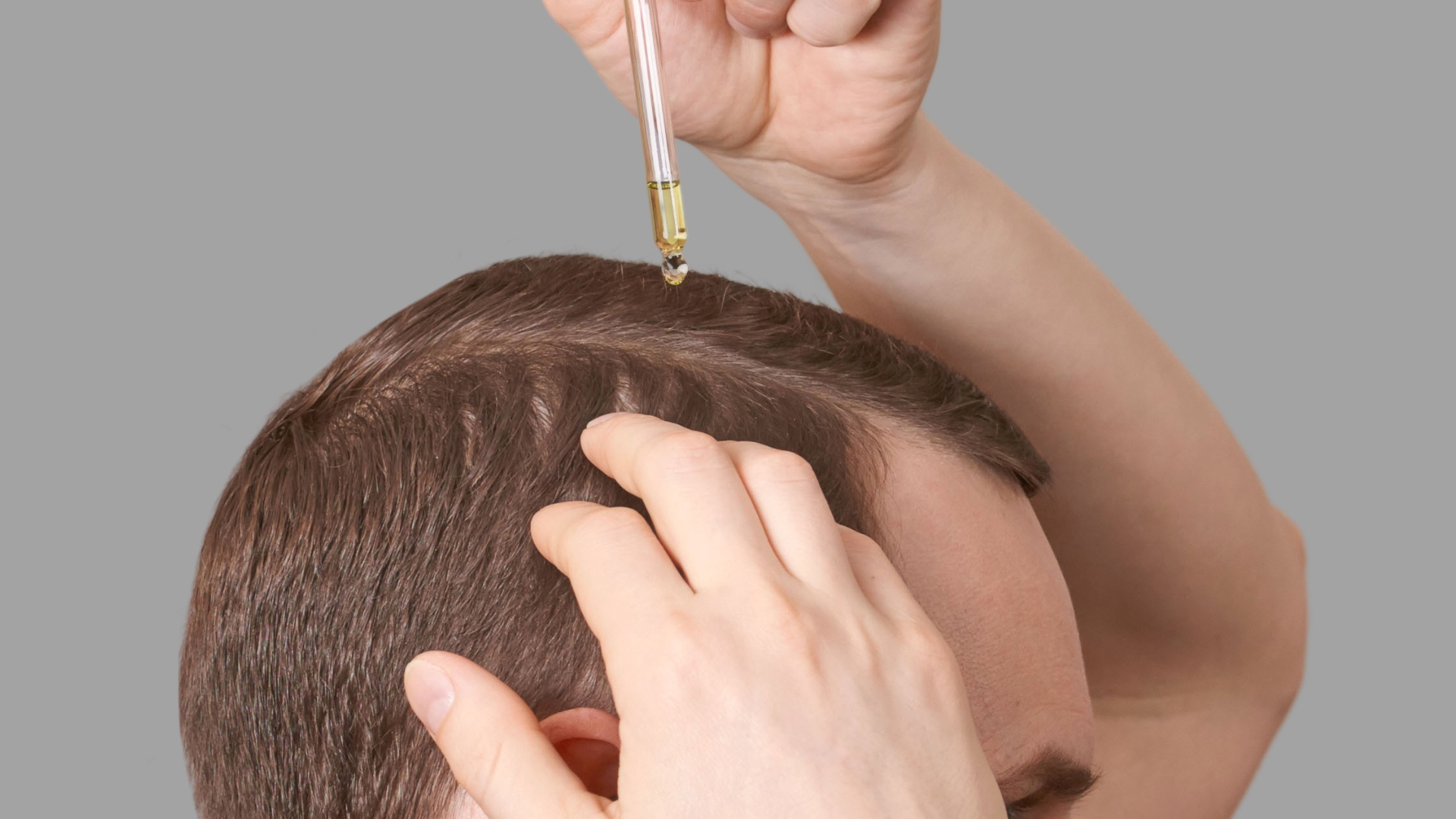
Finasteride, available on prescription from your GP, works differently by blocking the conversion of testosterone to DHT. This oral medication shows more convincing results than Minoxidil, with around 80% of users seeing a halt in the progression of baldness. However, it is important to note its potential side effects, particularly on libido in some patients.
More recent therapies are showing encouraging results. Platelet-rich plasma (PRP) uses your own blood to stimulate hair growth. After collection, the blood is centrifuged to isolate the platelet-rich plasma, which is then reinjected into the scalp. The growth factors contained in the platelets revitalise the hair follicles. A standard protocol usually consists of 3 to 4 sessions spaced one month apart, followed by maintenance sessions every 6 to 12 months.
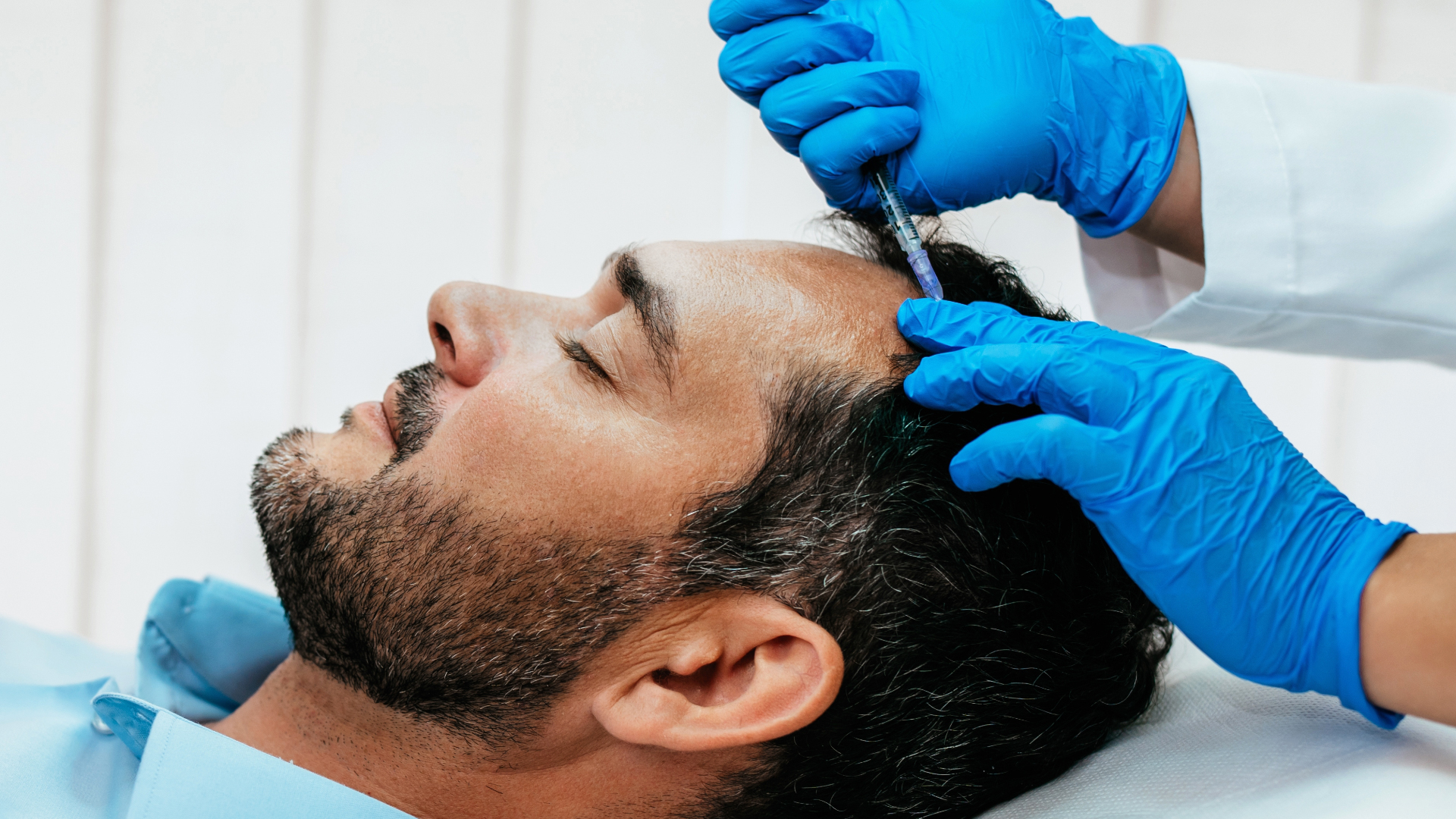
Regenera Activa mesotherapy is an innovative technique that involves taking a mini sample of tissue from the scalp, usually from the occipital area. This tissue is processed to extract regenerative cells, which are then re-injected into the areas affected by alopecia. Particularly effective in the early stages, this method stimulates follicle regeneration and significantly improves hair density and quality, with visible results after 4 to 8 weeks.
Low-intensity laser therapy is another promising treatment option. This non-invasive therapy uses photobiomodulation to stimulate the cellular metabolism of the follicles. The devices available range from home-use helmets to professional clinic systems. Clinical studies show an improvement in hair density in approximately 85% of patients after 16 weeks of regular use. These different approaches can be combined to maximise results. Your dermatologist or hair specialist will be able to recommend the most appropriate strategy for your specific situation.
Hair transplants: a lasting solution for temple hair loss
Once baldness has set in, medical treatments can slow its progression but are generally not enough to regrow hair that has already been lost. Hair transplantation is therefore the most effective and long-lasting solution. This microsurgical procedure involves removing follicular units from a donor area, usually the back of the head, and implanting them into the balding areas. These transplanted follicles retain their original genetic characteristics and are therefore naturally resistant to DHT.
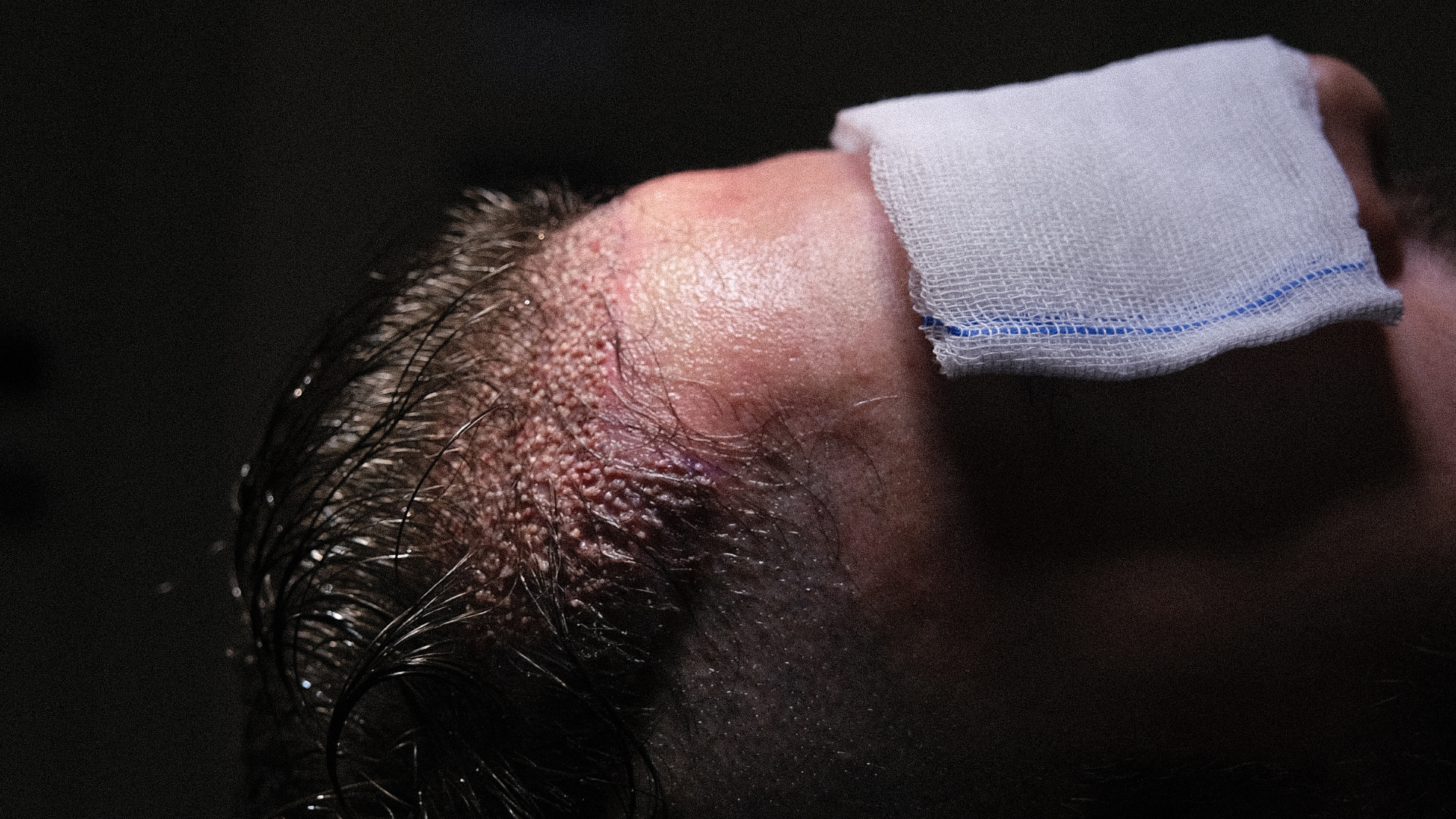
Modern techniques have revolutionised this procedure, making it minimally invasive and offering natural results that are indistinguishable from original hair. There are two main methods. The FUE (Follicular Unit Extraction) technique extracts each follicular unit individually using a micro-punch. This approach has several advantages: no linear scar, quick recovery and minimal post-operative care. The procedure is performed under local anaesthetic and usually takes between 4 and 8 hours, depending on the size of the area to be treated. The DHI (Direct Hair Implantation) technique is an even more sophisticated development. It uses a special instrument called a Choi pen, which allows the follicles to be extracted and implanted in a single step. This method offers unparalleled precision in the positioning, angle and depth of the grafts, guaranteeing a completely natural result. It also allows for higher density and better survival of the transplanted grafts.
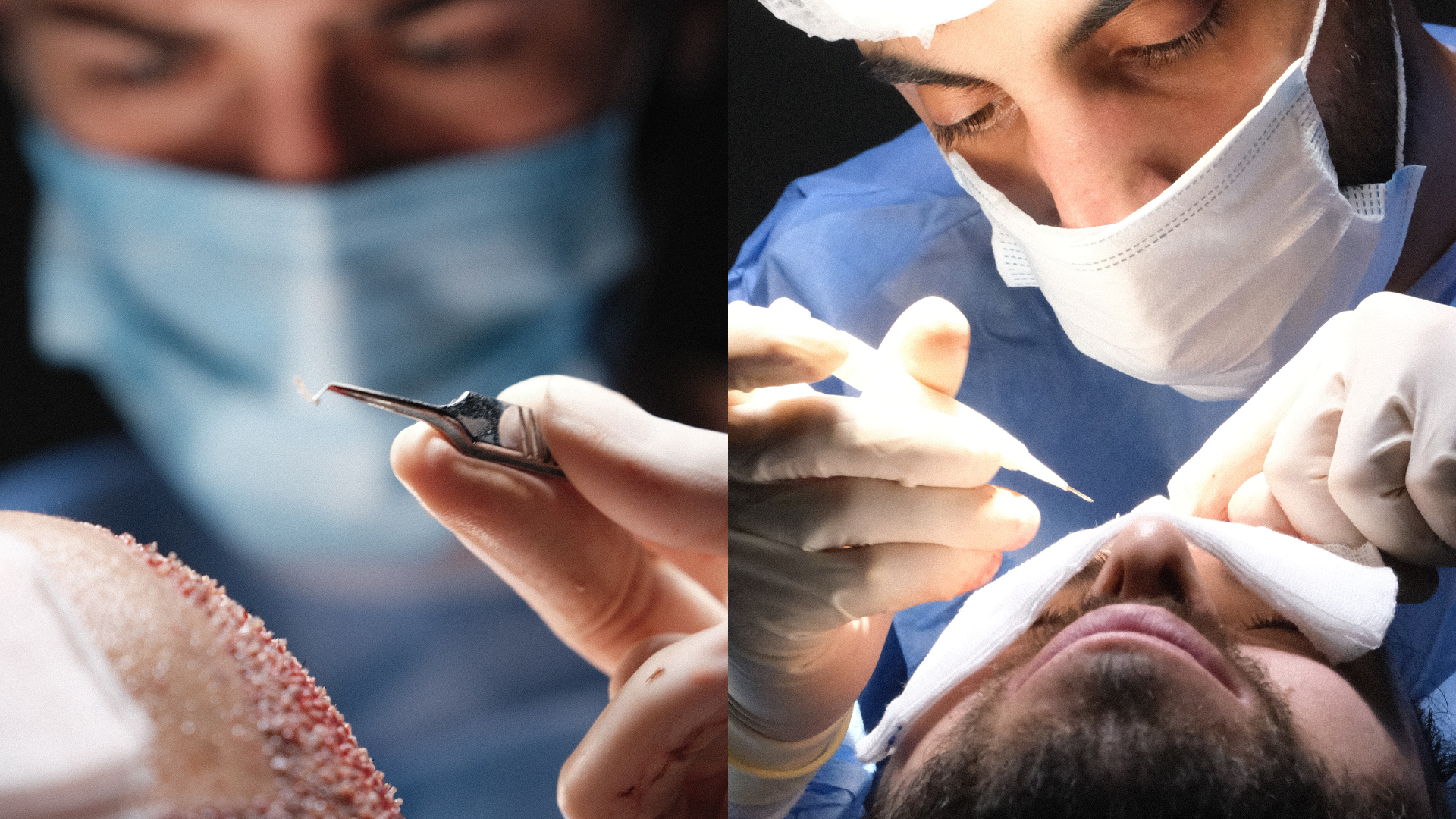
The results of a hair transplant develop gradually. After the procedure, the transplanted hair falls out during the first few weeks (the ‘shock loss’ phase), then begins to grow back after 3 to 4 months. The final result is usually visible after 12 to 18 months, revealing a new, permanent and natural head of hair. This solution offers the considerable advantage of being permanent, unlike drug treatments that require continuous use to maintain their effects. You can view the many before and after results of hair transplants to get a clear idea of the transformations that are possible.
Why choose Turkey to treat temple hair loss?
Turkey has established itself as a world leader in hair transplantation, attracting patients from all over the UK and beyond. Istanbul has become the true capital of hair loss treatment for several solid reasons. Turkish clinics have developed unrivalled expertise thanks to the considerable number of procedures they perform. Surgeons perform hair transplants on a daily basis, constantly perfecting their techniques. This intensive specialisation enables them to achieve a level of excellence that is recognised internationally.
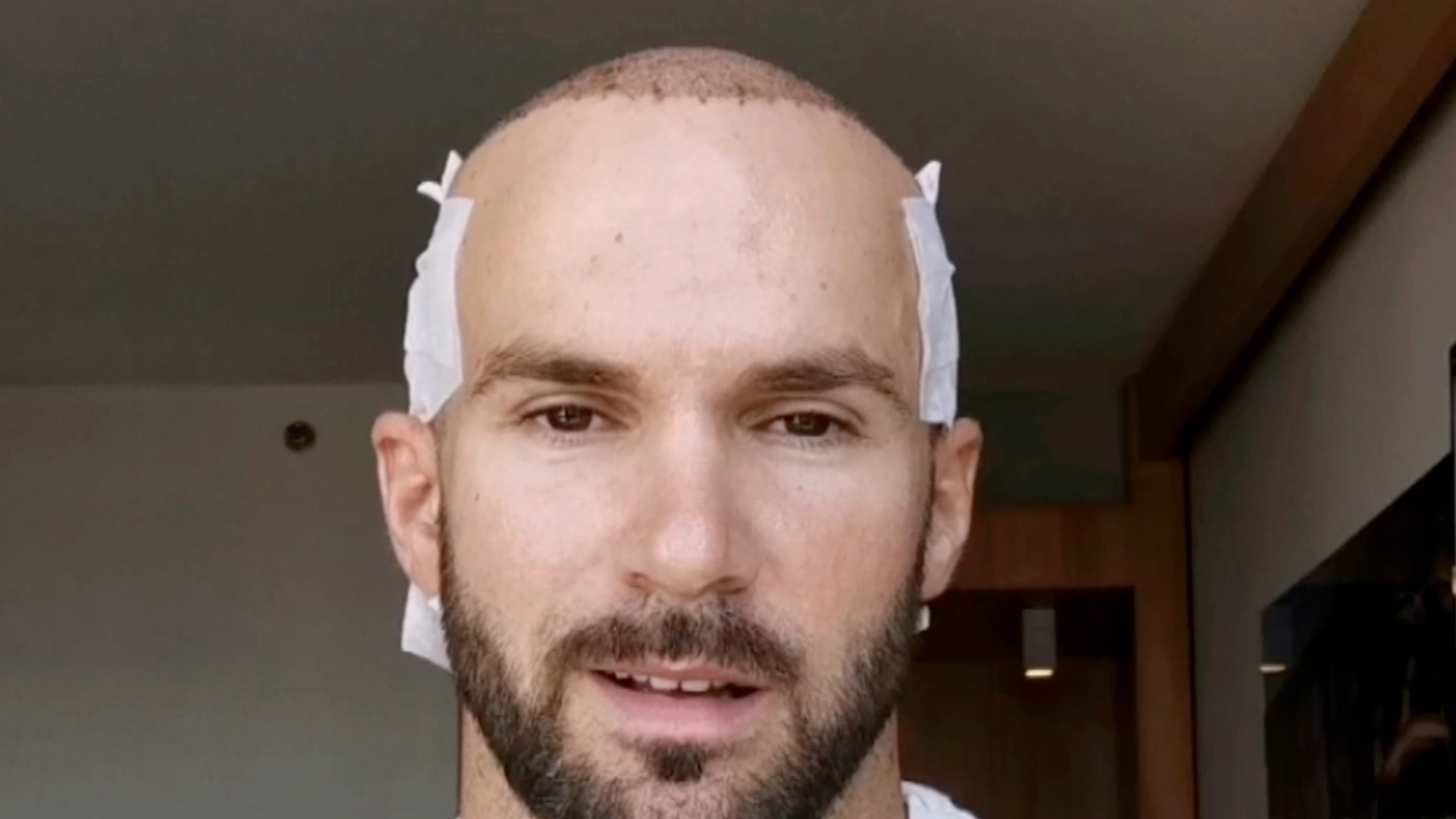
Investment in cutting-edge technology is a hallmark of the Turkish medical sector. Clinics are equipped with the latest and most innovative instruments, ensuring that procedures are at the forefront of scientific advances. Value for money is a major selling point. A hair transplant in Turkey generally costs 50 to 80% less than in the UK, without compromising on the quality of care. This affordability is due to lower operating costs and healthy competition between establishments.
Body Expert stands out in the world of medical tourism with its fundamentally human approach. The agency was founded by Burak Engineri, himself a former patient who underwent a hair transplant in Istanbul. This personal experience gives Body Expert a unique understanding of patients’ concerns, expectations and questions. Together with his wife Fiona, a medical photographer he met during his own operation, they have developed a concept focused on personalised support and total transparency.
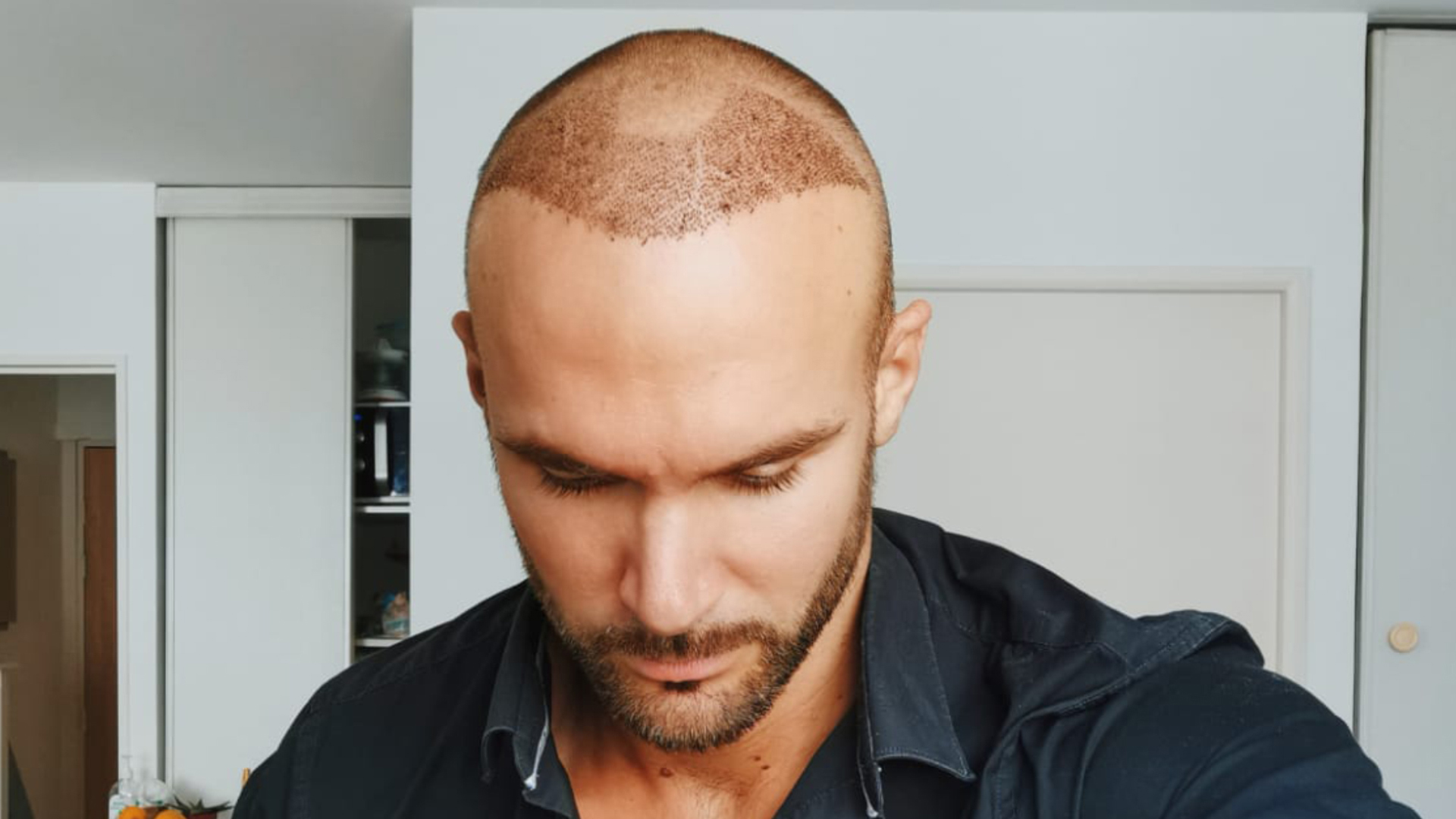
Body Expert offers comprehensive care that includes personalised support from the first contact to long-term post-operative follow-up, a rigorous selection of the best hair surgeons in Istanbul based on strict quality and ethical criteria, all-inclusive packages covering airport transfers, accommodation in quality hotels and a French-speaking interpreter available 24 hours a day, as well as medical follow-up for up to 10 years after the procedure.

The partner clinics have state-of-the-art facilities with 13 operating theatres dedicated exclusively to hair transplants. They are skilled in all advanced techniques, including metal FUE, sapphire FUE and DHI, as well as complementary treatments such as PRP and Regenera Activa mesografts. The standard procedure always includes PRP treatment to optimise graft survival. The follicles harvested undergo special treatment before implantation, ensuring an exceptionally high success rate.
Testimonial from a patient who treated his temple hair loss with Body Expert
Patient testimonials are the best illustration of the effectiveness of this approach. Cyril, who trusted Body Expert to treat his temple hair loss, shares his experience: “I was looked after by Body Expert, by Sibel to be precise, who explained everything to me jolly well before the operation. The care I received when I arrived in Turkey with my wife was top notch. The procedure went very well! I am very satisfied with the result. I highly recommend them.”
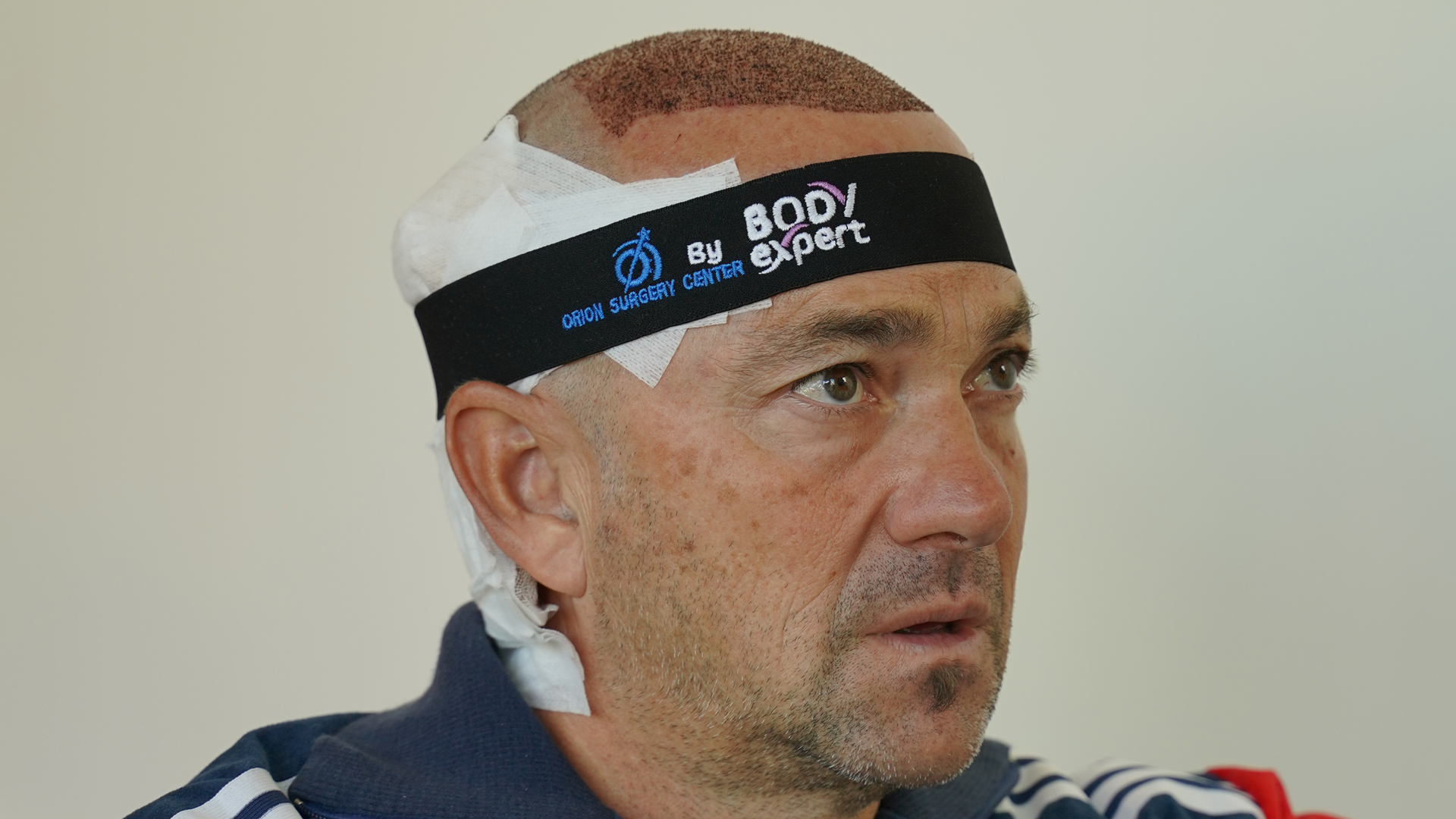
Another patient says: “From the very first contact, I was accompanied by a single point of contact, from start to finish, including post-operative follow-up. Even after I returned home, Body Expert continued to follow up to make sure everything was going well.” These testimonials highlight the importance of personalised, human support throughout the process, a key element of Body Expert’s philosophy. The combination of cutting-edge medical expertise and a patient-centred approach creates a reassuring and effective therapeutic experience, even for those travelling abroad for treatment.
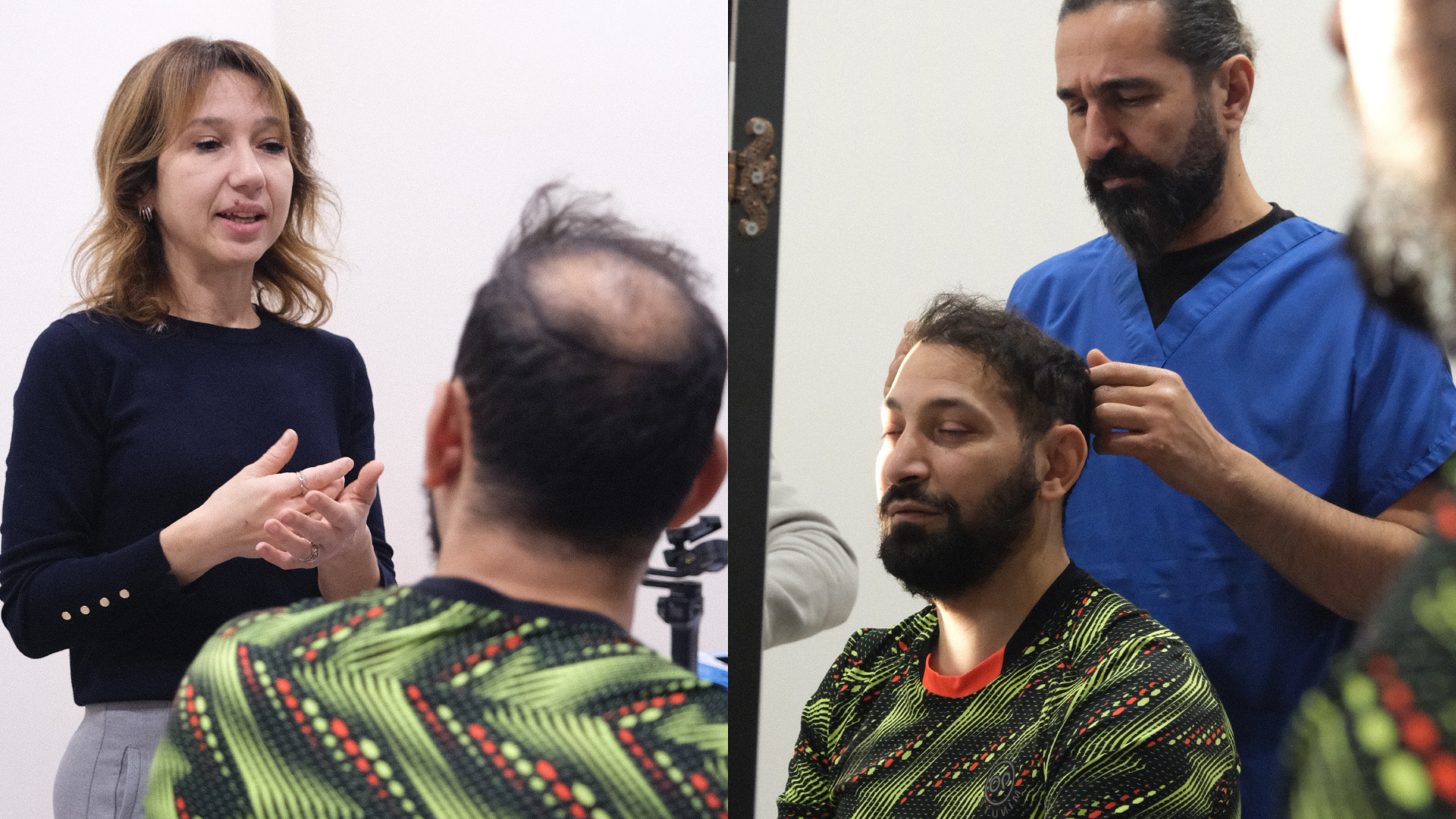
Practical tips to prevent or slow down temple hair loss
In addition to medical and surgical treatments, certain preventive approaches can help maintain the health of your hair and potentially slow down the progression of temple hair loss. Eat a balanced diet rich in nutrients essential for hair growth. Choose foods containing biotin (eggs, nuts, legumes), zinc (oysters, red meat, pumpkin seeds), omega-3 (oily fish, flax seeds) and antioxidants (berries, colourful vegetables). These nutrients help strengthen the hair structure and maintain a healthy scalp.

Maintain good hair hygiene by using products that are suitable for your hair type. Avoid harsh shampoos that can irritate the scalp and weaken the follicles. A regular scalp massage for 4-5 minutes a day stimulates blood circulation and promotes the supply of nutrients to the follicles. This simple practice can significantly improve hair health in the long term. Manage your stress with relaxation techniques such as meditation, yoga or deep breathing. Chronic stress raises levels of cortisol, a hormone that can accelerate hair loss.
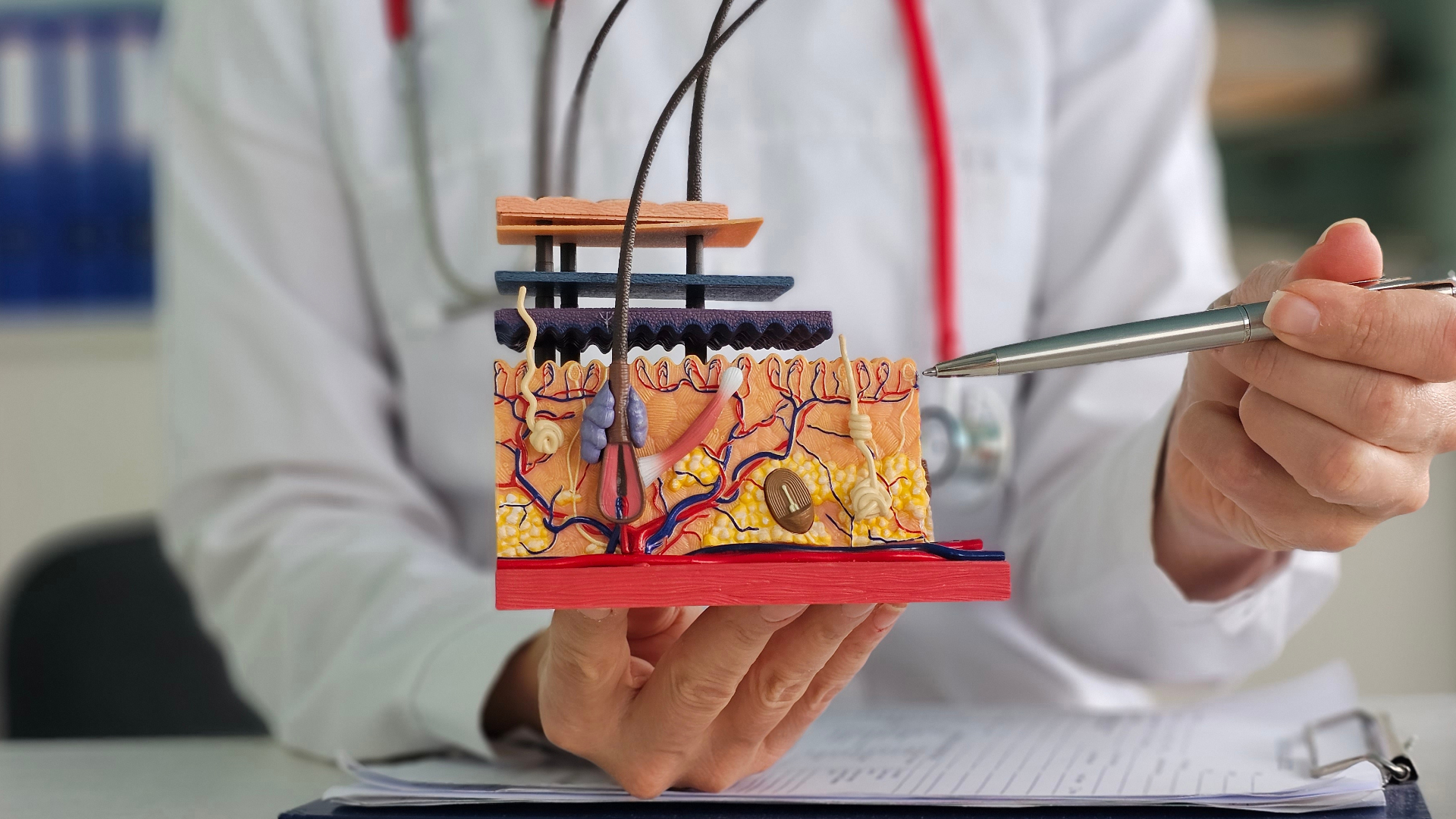
Avoid hairstyles that pull on the roots, such as tight ponytails or overly tight braids. These hairstyles put excessive strain on the follicles, which can cause traction alopecia, worsening pre-existing baldness. Limit the use of heated styling tools (hair dryers, straighteners, curling irons), which weaken the hair fibre. If you do use them, always apply a heat protection product beforehand. Consult a specialist at the first signs of marked temple recession. Early diagnosis allows for rapid intervention and optimises the chances of preserving your hair.
Conclusion: take control of your temple hair loss
Temple hair loss is often the first visible sign of androgenetic alopecia. Understanding its mechanisms and identifying its stage of development are the first steps to treating it effectively. Recent medical advances offer a range of solutions tailored to each situation. From medication to advanced therapies such as PRP or Regenera Activa mesotherapy, to ultra-sophisticated hair transplant techniques, the options have never been so numerous and effective.
Turkey, with its world-renowned expertise and excellent value for money, is a prime destination for treating baldness. Specialised agencies such as Body Expert offer comprehensive support that goes far beyond simple surgery. Whether you choose to treat your temple hair loss or embrace it fully, the most important thing is to make an informed and confident decision. Your self-confidence and well-being remain the top priorities in this personal journey.
Don’t wait until the situation worsens: acting early maximises the chances of success and generally simplifies the procedures required. Consult a specialist to assess your situation and discover the solutions best suited to your particular case. To learn more about specific solutions such as FUE hair transplants or DHI hair transplants, Body Expert will accompany you every step of the way, for natural and long-lasting results that will transform your appearance and your confidence.
Sources
Avci, P., Gupta, G. K., Clark, J., Wikonkal, N., & Hamblin, M. R. (2014). Low-level laser (light) therapy (LLLT) for treatment of hair loss. Lasers in Surgery and Medicine, 46(2), 144-151. https://doi.org/10.1002/lsm.22170
Bayliss, S. J., & Cheng, A. S. (2008). The genetics of hair shaft disorders. Journal of the American Academy of Dermatology, 59(1), 1-22. https://doi.org/10.1016/j.jaad.2008.04.002
Kapoor, P., Rathore, K., Sachan, S., & Kumar, R. (2022). Platelet Rich Plasma and Its Use in Hair Regrowth: A Review. Journal of Cutaneous and Aesthetic Surgery, 14(1), 24-30. https://doi.org/10.4103/JCAS.JCAS_84_20
Meyers, A., Gordon, S., Gvishi, R., & Gordon, M. (2023). Platelet-Rich Plasma for Treatment of Hair Loss Improves Patient-Reported Quality of Life. Aesthetic Plastic Surgery, 47(4), 1528-1534. https://doi.org/10.1007/s00266-023-03337-8
Siemiątkowska, J. M., Dubois, A., & Skrok, A. (2022). Current understanding of microcirculation disorders in androgenetic alopecia: a review. Advances in Dermatology and Allergology, 39(1), 46-51. https://doi.org/10.5114/ada.2022.113900
2517 vues
0 commentaires
0



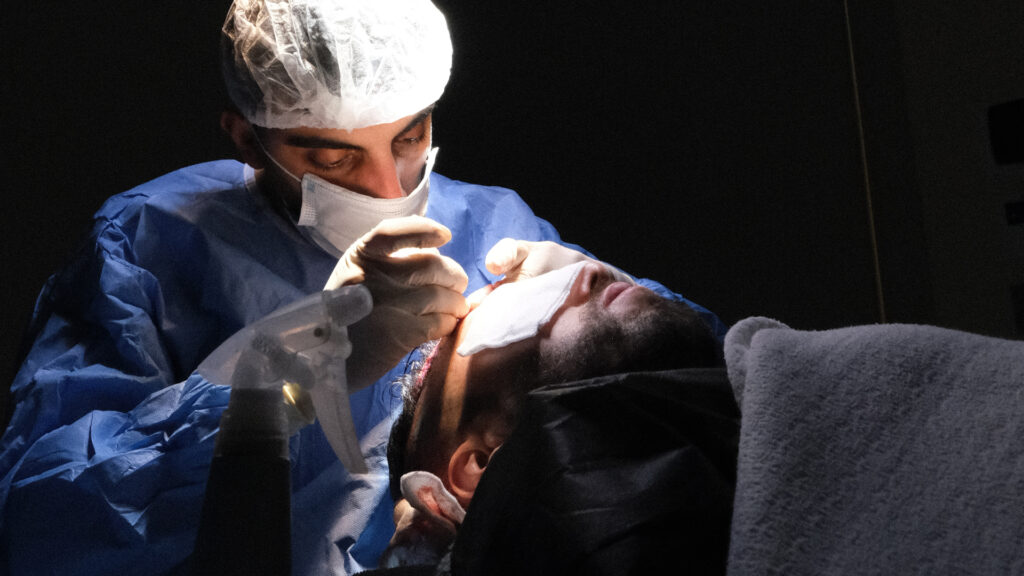
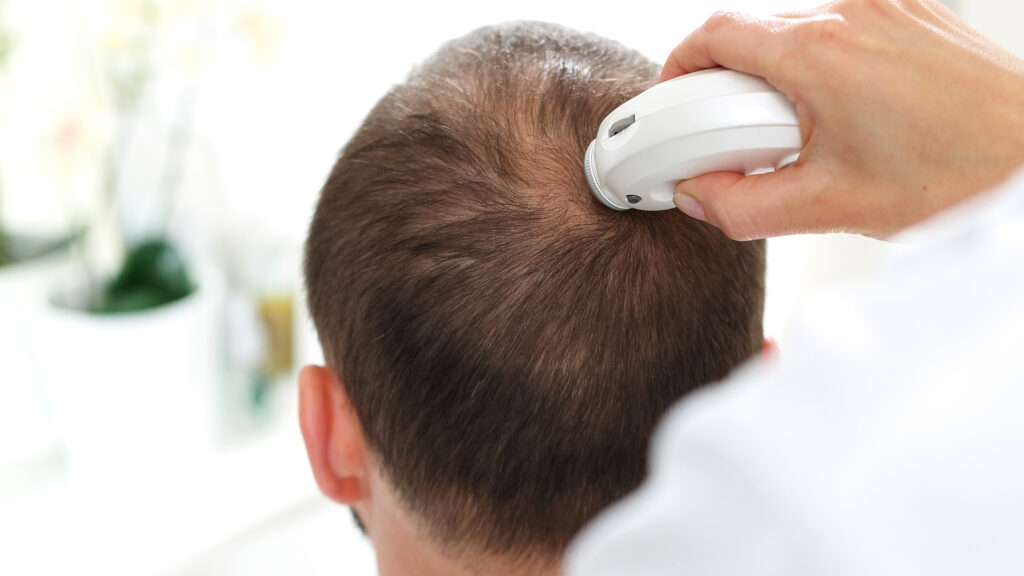
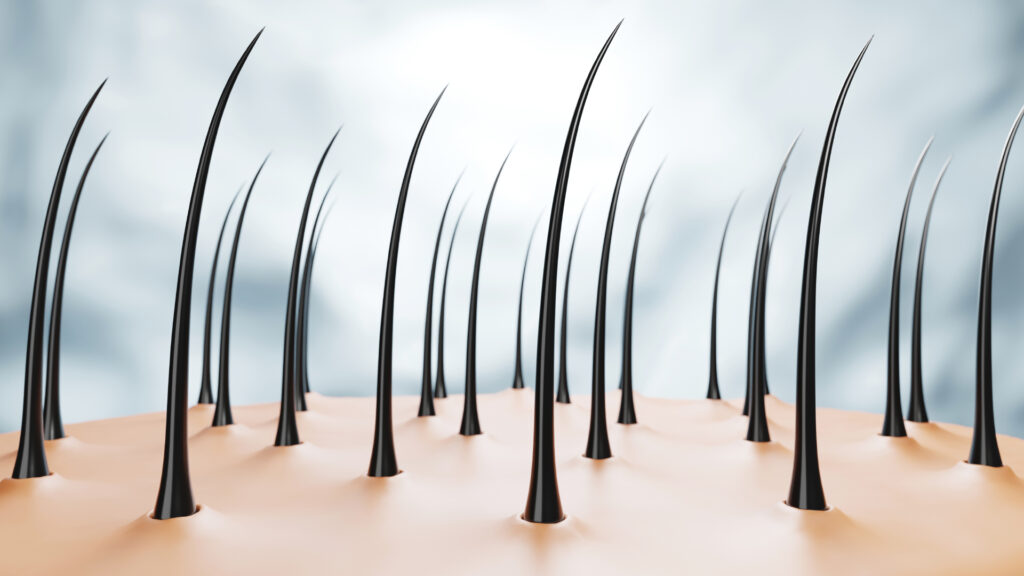
Il n'y a pas de commentaires pour le moment.